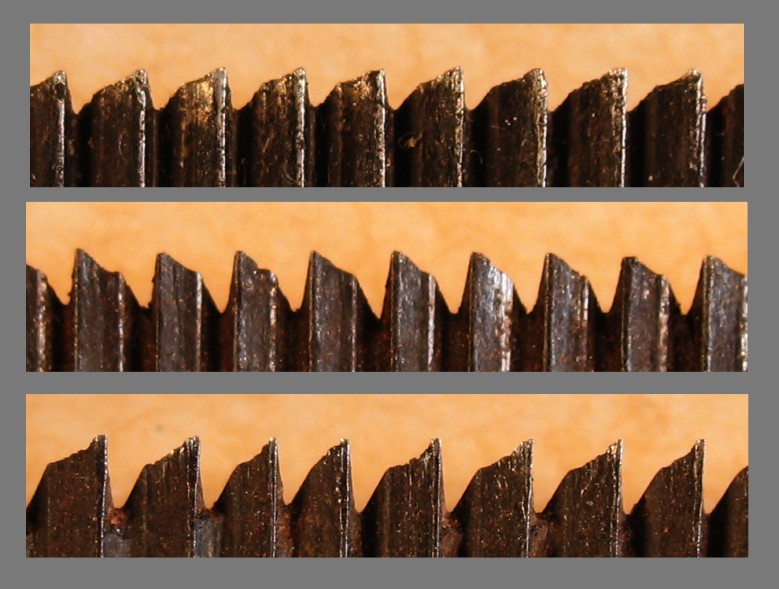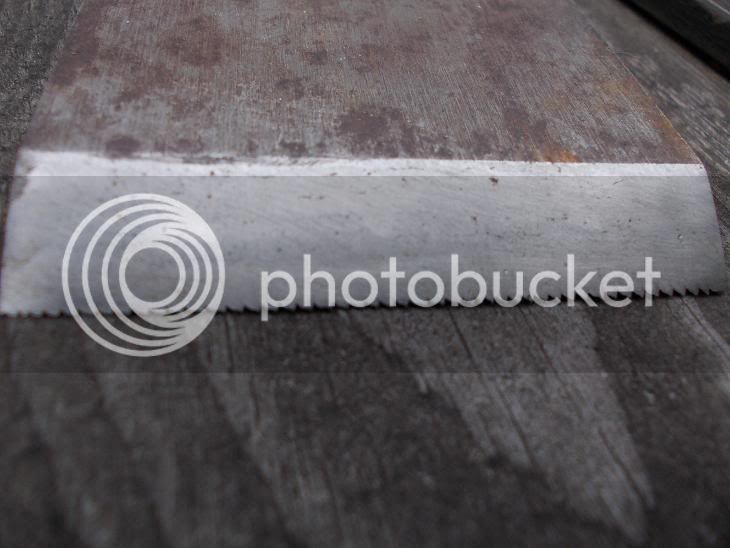I have just acquired a cheap silverline block plane. I would like to make it into a toothing plane, to be used beneath the bveneer layer on a small panel.
Has anybody toothed a blade- and if so what did they use to do so? I dont have a vast aray of tooling, but have a dremel, a few metalworking hand tools etc.
I assume that they toothed from the non bevel side, so can be sharpened as normal? How wide should the teeth be?
Has anybody toothed a blade- and if so what did they use to do so? I dont have a vast aray of tooling, but have a dremel, a few metalworking hand tools etc.
I assume that they toothed from the non bevel side, so can be sharpened as normal? How wide should the teeth be?


































